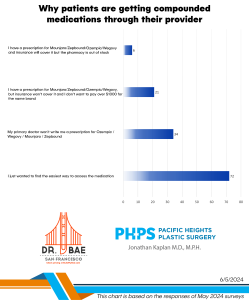I’m not an Ob-Gyn and I don’t suggest that I’m an expert in the field of sexual medicine or sexual function or dysfunction but I still think, from a common sense standpoint, that I can comment on a recent article from the Journal of Sexual Medicine.
In a 2012 issue of the journal, a doctor that is based in Florida, but conducted his research in Poland writes that he, after others have failed to do the same, has found the elusive G-spot. For those of you who do not know, Ernest Grafenberg described an erogenous zone within the vagina in 1950. This was termed the Grafenberg zone in 1981 and the media thereafter coined the term G-spot. This area is considered the focal point to stimulate a woman’s ability to have an orgasm.

1) fallopian tube
2) urinary bladder
3) pubic bone
4) vagina (position of G-spot)
5) clitoris
6) urethra
7) vulva
8) ovary
9) sigmoid colon
10) uterus
11) vaginal fornix
12) cervix
13) rectum
Dr. Adam Ostrzenski, who wrote the article, studied the anatomy of the G spot on a 24-hour-old cadaver – an 83 year old woman in Poland that had died from head trauma. He performed an anatomic dissection of the vagina and located the G-spot. Based on his dissection, the G spot has a bluish appearance on the vaginal wall and, when looking deeper into the tissue, there is a large purplish structure that accounts for the erectile (swelling) and erogenous aspects of the G spot. If you’re interested in viewing these structures, you can view the original article here. I’m choosing not to place the photos within this post because some may get queasy!
Depending on the woman, it may be difficult to stimulate the G spot adequately to reach orgasm. That is where the G-shot comes in. The idea is that by injecting a filler like Juvederm or Belotero (fillers used to fill in deep grooves like the “parentheses lines” in the face that contribute to the appearance of facial aging) around the area of the G-spot, this will raise the overlying vaginal wall and make it easier to stimulate the G-spot. No studies prove whether this works. But here’s my question regarding the location of the G-spot and the report from Dr. Ostrzenski above.
How have these structures been overlooked for so long? What I mean is, if so many studies before this one have looked for the G spot and were unsuccessful in finding it, how did this author conduct a dissection on one cadaver and suddenly find the G spot?!
Click here for the original blog post written by Dr. Jonathan Kaplan for BuildMyBod.




